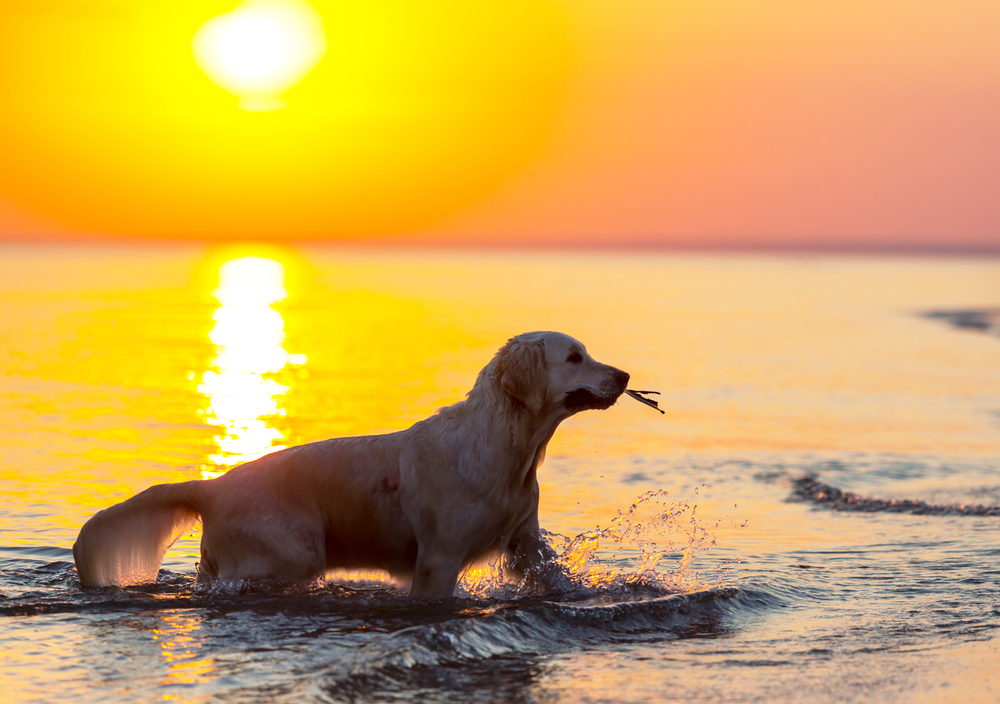When your dog has reached his senior years – about 7 years old for large breeds and 14 years old for small breeds – his level of energy may be lower, he may begin to settle down a bit, and he may only need less exercise.
On the other hand, it really depends on the kind of dog you have. You may have one that is still energetic, driven, and very active – well into his golden years. If this is the case, continue with your normal exercise on a daily basis, maybe just at a slower pace. Keep going until you feel that he is ready to retire and slow down.
Keep Exercise A Top Priority
If you want your dog to stay fit, he needs exercise every day, regardless of his age. Once your canine pal reaches his old age, however, you may decrease the amount of exercise that you are giving him, but you should never stop. Many older dogs are still happy to go on long walks, fetch a ball, or catch a Frisbee. If you feel that he is getting a little slow and requires less activity, a trip to the park or going to the beach may be a better alternative for him.
To keep your dog happy and in good physical and mental condition, let him have at least 30 minutes of exercise every single day. A few example exercises that you can do with your senior dog are: A short or long walk, slow runs in the park, going to the beach, going for a short hike on a trail, or a simple game of fetch. These are activities that your dog can enjoy doing well into his old age.
Older Dogs With Injuries
If your senior dog is suffering from joint or bone trouble, you will need to slow him down. He will still need to move and stay active, but the amount and length of exercise should be kept to a minimum. For example, instead of doing a 3-mile walk, modify it to a 1-mile walk and do it twice a day. Swimming is another alternative exercise for dogs suffering from hip dysplasia or other bones disorder.
Keep An Eye On Him
Keep a good eye on your dog during his exercise and make sure that he is not pushing himself too hard. Dogs love to please their owners, and they will push themselves to the limit if they think that doing so will make you happy. Watch out for any signs that he needs to slow down. Such signs are: limping, panting, slow in pace, or sleeping for a long period of time after the exercise, which is a sign of severe exhaustion.
Use Softer Ground
Also, keep in mind that older dogs as well as some puppies can develop joint injuries or footpad injuries from running on hard concrete. If at all possible, let your dog run or walk on dirt, sand, or grass. If you have no choice but to walk him on concrete, avoid running and slow the pace.
